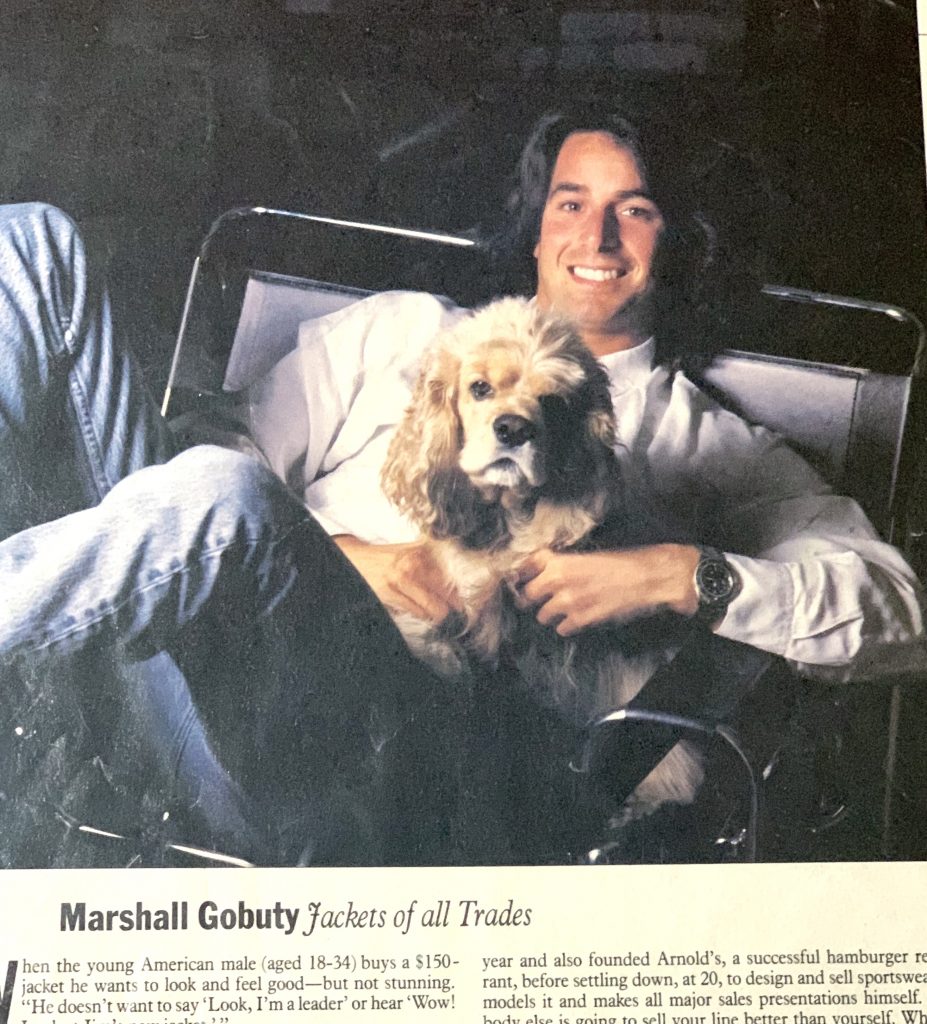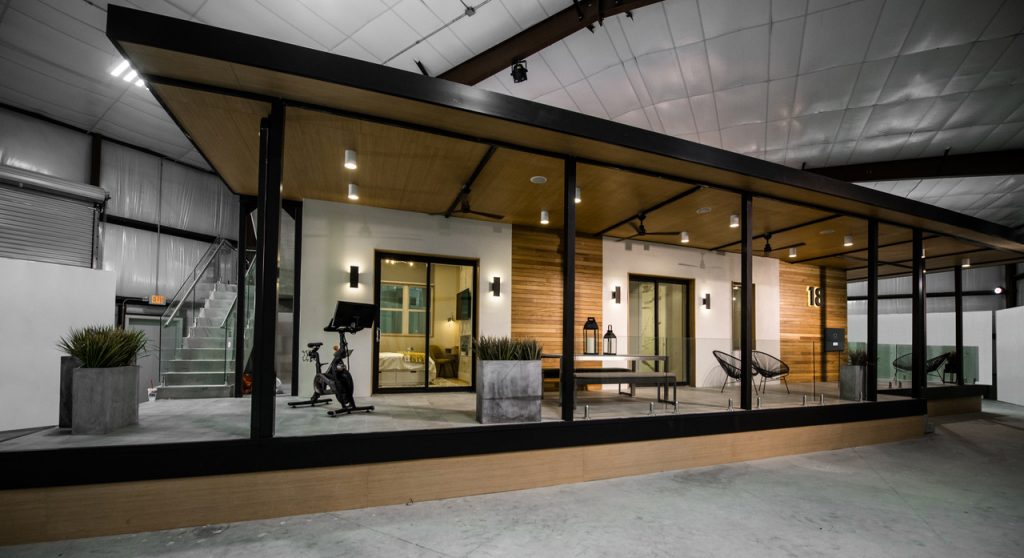
If you had told me 15 years ago that green building would become my passion, I would have laughed you out of the room. At the time, I was deeply entrenched in the fashion industry with no thought to leave it. But a few years down the road, the burnout had begun. It was time for a transition to another creative outlet that had piqued my interest for years: homebuilding. Design on a much grander scale.

Marshall featured in 50 Men of Influence during his time in the fashion industry, approx. 1988
Unfortunately, I chose the worst possible time to try out a career in buildings: right on the cusp of the recession in the late 2000s. Suddenly, nothing was selling and I was left searching for a way to make my homes different from every other one popping up in Florida.
My saving grace was LEED. For years, my general contractor, Joe Jannopoulo, had tried to preach the sustainability gospel to me, and for years I had politely dismissed him. Frankly, I didn’t “get” it — “sustainability” was a buzzword without meaning in my world. But this was now a marketing strategy: we needed a distinguishing factor, and fast.
Joe explained that LEED was the most widely used green building rating system in the world, developed by the U.S. Green Building Council to provide a framework for healthy, highly efficient, and cost-saving green buildings. With hesitance, I agreed to build something to LEED standards.
And shockingly, it worked.
While the real estate market was still moving achingly slowly, our buildings moved ahead of the competition thanks to their demonstrated efficiency and savings, and only picked up steam as we recovered from the recession. As I discovered, sustainability meant a world of good for development: we focused on reducing environmental damage, wasting less, enhancing occupant experience, and increasing efficiency across the board. Most surprisingly, these new homes didn’t cost more to build than a conventional building. I watched this play out with incredulity, and began to understand why Joe had been pushing for this change.
I started doing homework on the why behind my successful marketing strategy. And as we educated ourselves on the importance of the LEED rating system, it dawned on me that this was no longer exclusively about marketing or efficiency: It was now a matter of integrity. How could we accept the potential negative environmental and health impacts of building a conventional house, knowing that green building design was possible? And how could we market this as a luxury home, when everyone should have a right to the same efficient, healthy space? I had become a convert.

A Pearl Home model
Today, I’m betting my career on making sustainable homes accessible to all families. I’ve already started with Mirabella, a community near Sarasota and one of the first large-scale developments to achieve LEED Platinum certification, one of the highest marks of sustainable homebuilding. Mirabella homes reduce energy use, water use, and utility costs by 30-40 percent, and they boast unparalleled indoor air quality. They also debuted at a selling price point so low it shocked Florida realtors. Then we took it up a notch with the recently unveiled Pearl Home, the world’s first LEED Zero Energy home, and are scheduled to break ground on a community of 720 affordable units at Hunters Point Pearl Homes and Marina.
As @m_raman mentioned in his keynote today, net-positive houses, which create more energy than they use through solar panels and storage, are not only possible, but already on the market. @MarshallGobuty is making that a reality in Florida. #Greenbuild19 https://t.co/2wl1jJwftL pic.twitter.com/g9HRpIyFf6
— Living Standard (@_LivingStandard) November 21, 2019
All of this, of course, does not come easy. This vision requires developers to overhaul most of what they know. My construction managers tease me for scouring our dumpsters for foam board that can still be used. And I work with manufacturers, government, community leaders, and residents to make green living a right for all, instead of a luxury.
Fifteen years ago, I would never have thought that sustainable buildings would be my passion — or that I would even be a homebuilder. It took a lifetime of creative risk-taking and one persistent contractor to show me the way, and now we are determined to bring green homes to the masses.
These are my Storigins. What are yours?